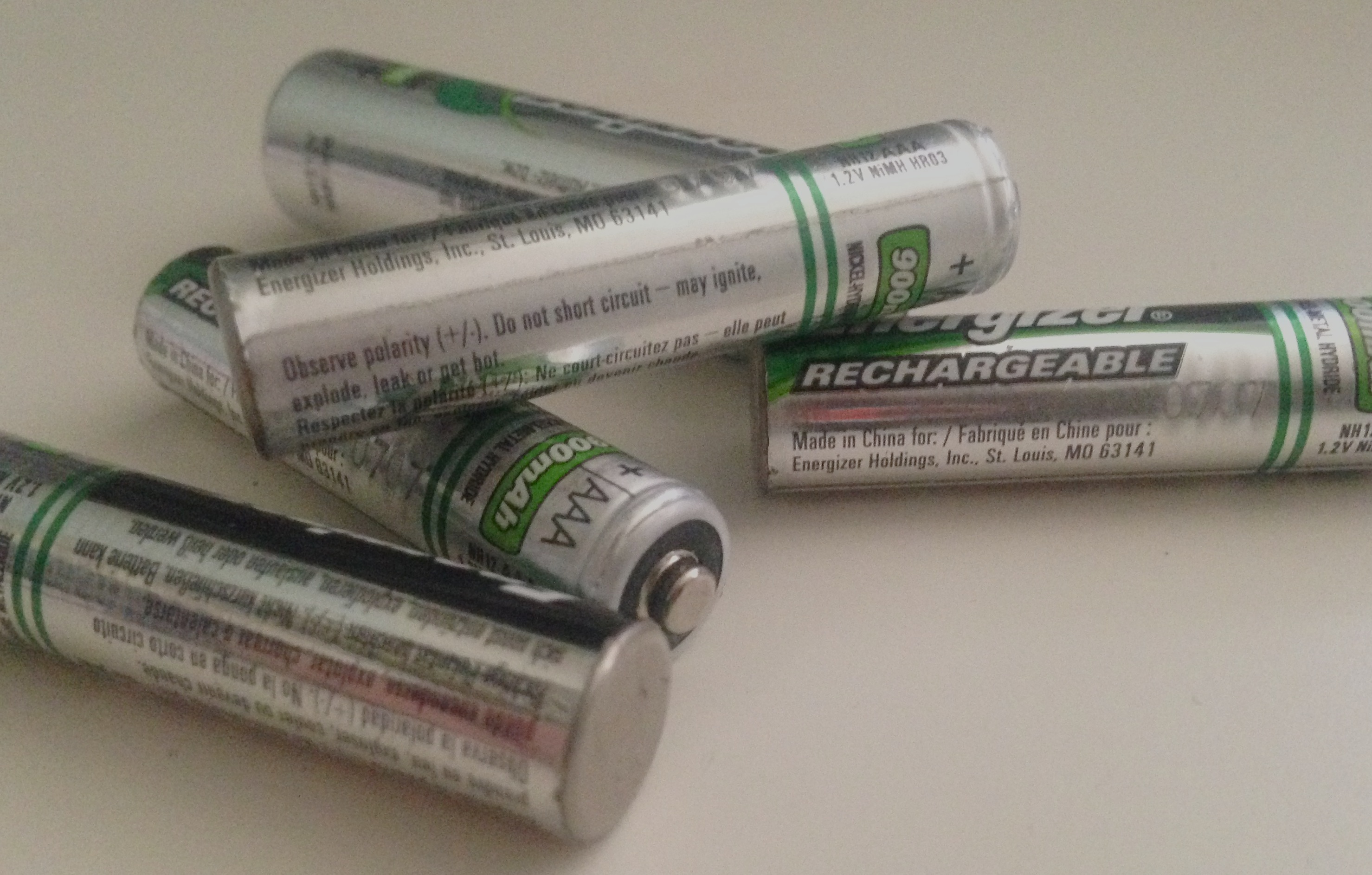 Every spring there is always, always, always someone who- without fail- will bust out the shorts way too early. In Canada, that’s always a sure sign of spring- our winters are stereotypically long and cold and once the snow melts, we’re craving warm and sunny weather the same way we crave poutine.
Every spring there is always, always, always someone who- without fail- will bust out the shorts way too early. In Canada, that’s always a sure sign of spring- our winters are stereotypically long and cold and once the snow melts, we’re craving warm and sunny weather the same way we crave poutine.
Inevitably, this means as soon as the ground thaws we’re chomping at the bit to clean up our patios and yards and here we have this down to a strategy. It’s hard to know for sure when winter had decided to have its last blast (once, I saw it snow in May) so we’re cautious, and we watch, and wait, and plan. (I talk a little bit more about my own personal outdoor strategy here.)
For me, this usually means taking an inventory of all of my gardening supplies, and making lists as to what I need, and the projects that I need to get done. From here, it’s easy to create a budget and an estimated timeline for getting the space ready for the outdoor season. I like to coordinate this with a big clean-up of my outdoor space, although you might want to break up this task over several days or weeks depending on the size and nature of your space. It might be best to wait for drier, warmer weather to start on any big building or gardening projects.
I’m known around the office as having a little bit of a green thumb, and I honestly think it’s because if I don’t know something about a plant, I’ll look it up. Knowledge is power, and when it comes to gardening you can save a lot of time and effort by keeping yourself informed about the nature of your climate zone, the type of soil you have, and how much light and water your garden receives. It’s easy then to choose flowers and plants that you know will thrive in your garden’s natural conditions, and then takes a lot of the guesswork out for you.
When buying plants I make sure to take notes on the type of care the plant requires and I keep these notes updated throughout the season so next year I look at what worked for me, and what I could improve on. Unless you love experimenting with plants like I do, you might want to skip this step but it’s a practice that I hope will help with my future gardening skills. Part of the fun is learning something new about it every day, and watching the beautiful results.
Last but not least, make sure you’ve replaced, repaired or cleaned all of your doormats or indoor/outdoor rugs. Even though the weather might not be warm enough yet for planting, it creates a sense of excitement to get your transition spaces (like doorways, porches, decks, walkways and mud rooms) prepped and ready for the season.
Once the prep work is done all you have to do it wait, and watch, and dream, and get ready. Even more buds will start appearing on the trees and the grass will get greener. Soon it will be time to start gardening and cleaning the patio furniture and before you know it we’ll be laughing our way through long summer evenings with friends, enjoying the results of long, hard work with beautiful plants and outdoor spaces.
Soon. Soon.
 Got any plans for your garden that you’d love to share? Drop me a line at keepingbusyb@gmail.com or comment below. I’d love to hear your thoughts. Maybe I’ll get some more inspiration for my porch!
Got any plans for your garden that you’d love to share? Drop me a line at keepingbusyb@gmail.com or comment below. I’d love to hear your thoughts. Maybe I’ll get some more inspiration for my porch!
I’ve been feeling all spring-y and talking a lot about gardening lately. For my current favorite gardening reads, click here. If you want to see this awesome porch o’ mine (and I am in no way biased) click here.

 Some recent medical issues of mine caused me to rethink a lot of the way I work and how I handle stress. In other words, I needed to recharge my batteries.
Some recent medical issues of mine caused me to rethink a lot of the way I work and how I handle stress. In other words, I needed to recharge my batteries. In my social circle I am known as a “fixer”- people often come to me for advice when they’re struggling either personally or professionally (one of the many reasons I ended up getting into the freelance business).
In my social circle I am known as a “fixer”- people often come to me for advice when they’re struggling either personally or professionally (one of the many reasons I ended up getting into the freelance business).



 In a world where there’s a push to go paperless, it’s easy to want to get rid of your paper-based system entirely. Going digital keeps things safe and well-preserved, and hopefully makes them easier to archive and access (providing you have a good digital filing system in place!)
In a world where there’s a push to go paperless, it’s easy to want to get rid of your paper-based system entirely. Going digital keeps things safe and well-preserved, and hopefully makes them easier to archive and access (providing you have a good digital filing system in place!)


